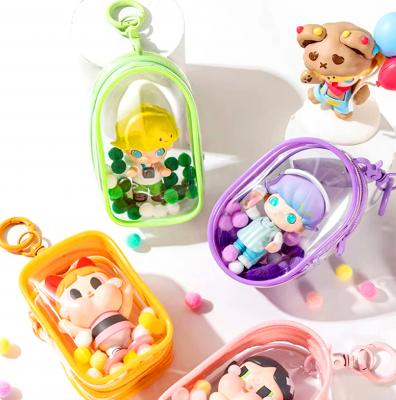When you see somebody with a tattoo, what do you think of him or her? Lots of people think that people who have tattoos are bad, dangerous or criminals, but you might be surprised to find out that tattoos used to be very popular among the upper class in some places.
In the 1800s, many rich people all over Europe had tattoos. After fancy dinner parties, people liked to take off some of their clothes and show off their tattoos. In fact, there were two British kings who had tattoos, and one American president in the 1900s had a tattoo as well.
Tattoos were also popular among sailors in the 1800s, but for a different reason. Back then, sailors used to be punished by being hit on their back. To keep from being hit there, they had a Christian cross tattooed on their back because people thought it was bad to hit a picture of the cross. (Marc Langer, Staff writer)

PHOTO : AFP
當你看到某人有刺青時,你對這人有怎樣的觀感?許多人認為有刺青的人是壞蛋、危險份子或罪犯,不過,了解到某些地方的上層階級以往相當流行刺青後,你可能會感到訝異。
一八八○年代,歐洲各地有許多有錢人去刺青。豐盛的晚宴過後,人們喜歡將部分衣物脫掉,展示自己的刺青。事實上,曾有兩位英國國王有刺青,一九○○年代也有某位美國總統曾刺青。
刺青在十九世紀相當風行於水手之間,不過理由大不相同。當時,水手經常被鞭打背部當做處罰。為了不讓人鞭打那裡,水手就在背部刺上基督教十字架,因為人們認為鞭打十字架的圖形並不吉利。 (翻譯:賴美君)

Have you ever seen a circular intersection where cars continuously flow in one direction around a central island? That is a “roundabout,” a well-known alternative to traditional intersections. Drivers enter and exit at different points without relying on traffic lights. Their primary purpose is to improve traffic flow and minimize the likelihood of high-speed collisions, particularly dangerous T-bone and head-on crashes. Roundabouts have existed and been implemented for over a century. In the 1960s, the modern roundabout emerged in the UK, with added rules for yielding. Unlike intersections with red lights, roundabouts allow vehicles to continue moving at a

A: So you’re reading Jin Yong’s martial arts novel again? B: Yup, Jin’s novels are so fascinating, especially the trilogy: “Legends of the Condor Heroes,” “Return of the Condor Heroes,” and “Heaven Sword and Dragon Saber.” A: The late novelist published his first story in 1955, which means this year marks the 70th anniversary of his “wuxia” world. B: Wasn’t an English version of “Legends of the Condor Heroes” also released in 2018? A: Yes, but the debate over the translation of kung fu moves continues — like the evil move “Nine Yin Skeleton Claw.” A: 你又在重讀金庸的武俠小說啦? B:

If you’ve recently spotted adults parading around with cuddly toys dangling from their designer handbags, your eyes haven’t been deceiving you. The playful trend of adorning bags with cute charms has become popular among people of various ages. Plushies like Labubu and anime and manga characters such as Chiikawa have become must-have accessories that make personal statements. The practice of attaching charms to personal items has been common across cultures throughout history. In ancient civilizations, charms were often used as symbols of protection, good luck, or identity. Fast-forward to more modern times, and style icons like Jane Birkin, a

A: Apart from Jin Yong, the late martial arts novelists Liang Yusheng and Gu Long were also very popular. B: Wasn’t Liang a pioneer of the “new school” wuxia genre in the 20th century? A: Yup, I really like his Tianshan mountain series. All the characters — such as the “White Haired Demoness” — are so vivid. B: The roles in Gu’s books are lively, too — like the “Fragrant Commander” Chu Liuxiang. A: And the TV drama adapted from the Chu Liuxiang series swept across Taiwan in the 1980s, with ratings surging over 70 percent at that time.